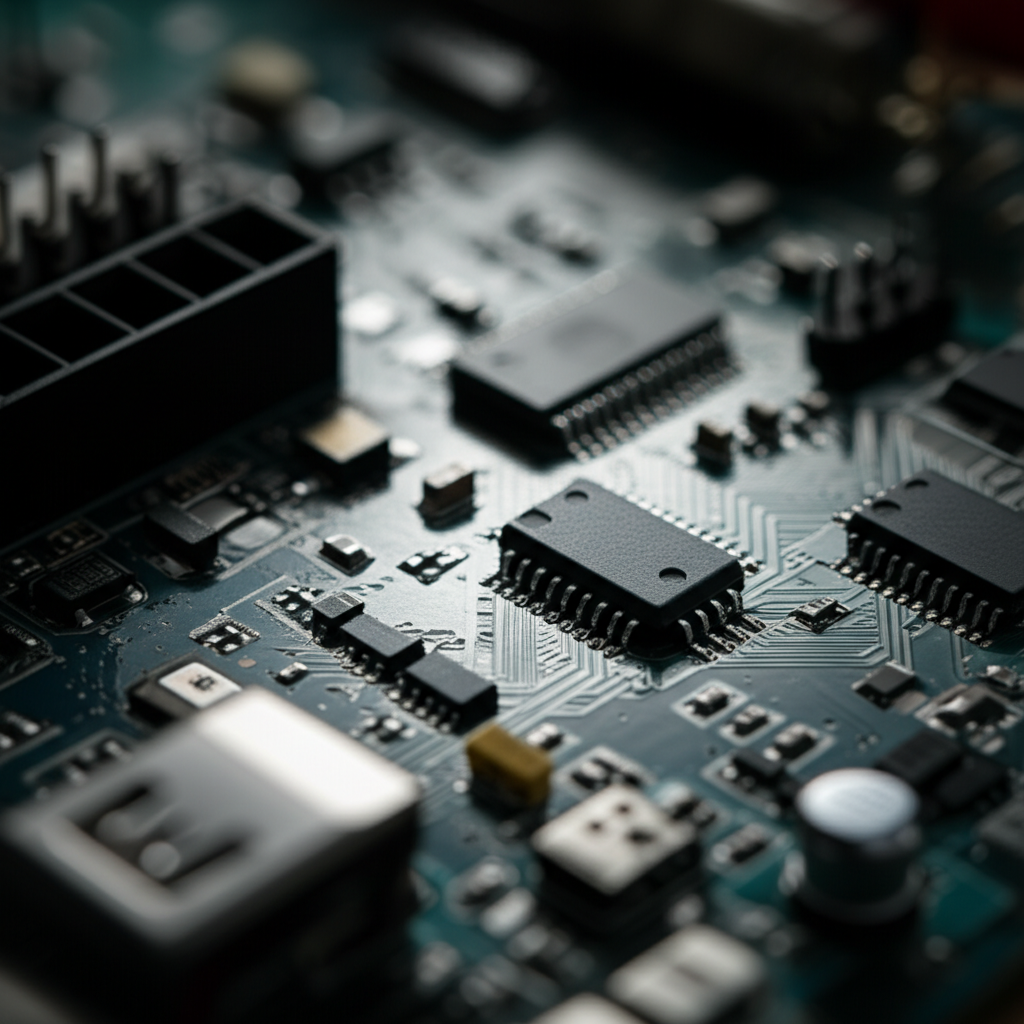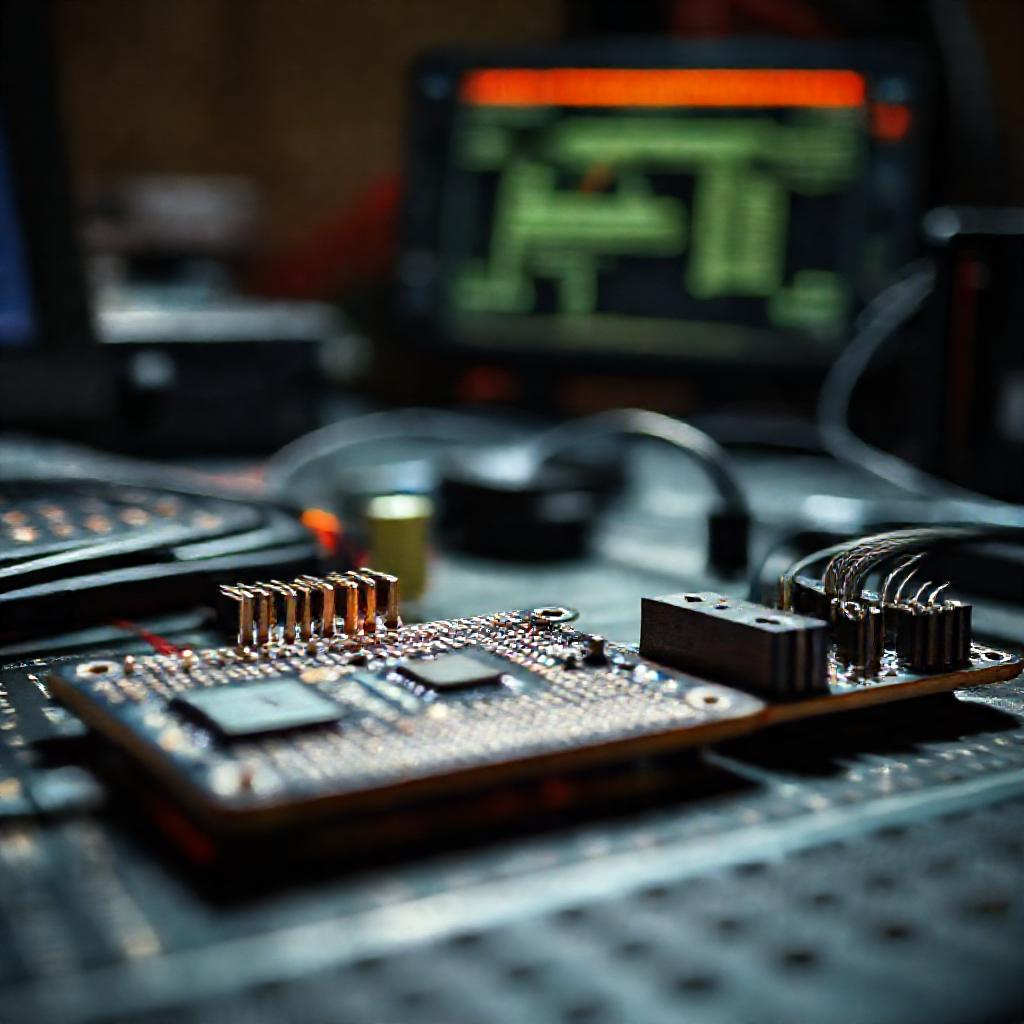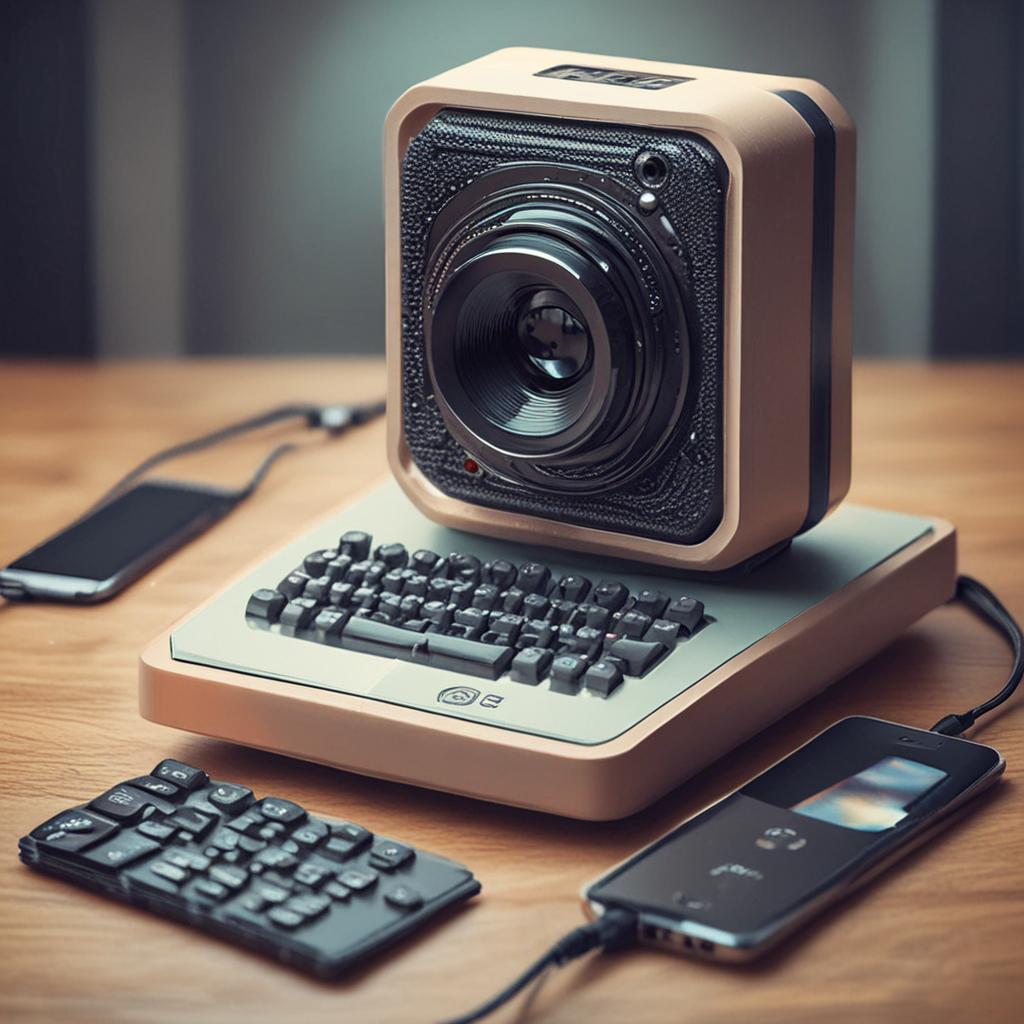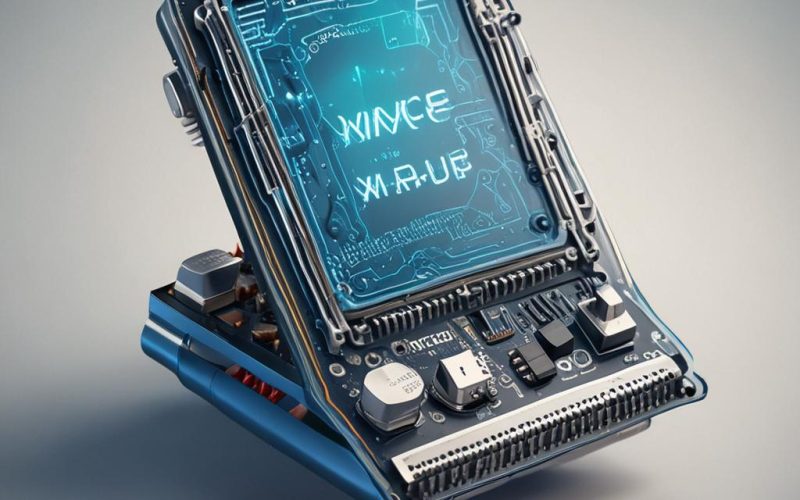Table of Contents Show
Imagine a world where you can control your home appliances, personal devices, and even your car with just your voice. This isn’t science fiction; it’s the reality of voice command recognition technology. Voice commands are revolutionizing the way we interact with technology, making it more intuitive and accessible. In this blog post, we’ll guide you through the process of creating a voice command recognition system using Edge Impulse and Arduino. Whether you’re a hobbyist, a DIY enthusiast, or an engineer, you’ll find this guide invaluable for integrating voice command technology into your projects.
Step-by-Step Process
Set Up Arduino IDE
Install Arduino IDE and configure it for your specific Arduino board.
Collect Audio Data
Record voice commands using a microphone and save data for training.
Create Edge Impulse Project
Set up a new project on Edge Impulse and upload your audio dataset.
Train Voice Model
Use Edge Impulse to train a machine learning model for voice command recognition.
Deploy Model to Arduino
Generate and deploy the trained model to your Arduino for real-time recognition.
Process infographic for Voice Command Recognition Using Edge Impulse and Arduino

What is Voice Command Recognition?
Voice command recognition is a technology that allows devices to understand and respond to spoken words. It converts spoken language into text or commands that a device can execute. This technology relies on machine learning algorithms to interpret and act upon voice inputs. Examples of real-world applications include virtual assistants like Amazon Alexa, Google Assistant, and Apple’s Siri, which can perform tasks such as setting alarms, controlling smart home devices, and answering questions.
Importance in Modern Technology
Voice command recognition enhances user experience by providing a hands-free, intuitive way to interact with technology. It is crucial in smart homes, where users can control lights, thermostats, and security systems through voice commands. In the realm of automation, voice commands can streamline industrial processes and improve efficiency. Additionally, voice command technology plays a significant role in accessibility, allowing individuals with disabilities to interact with devices more easily.
What is Edge Impulse?
Edge Impulse is a cutting-edge platform designed for developing machine learning models tailored for edge devices. It provides tools for data collection, model training, and deployment, making it accessible even for beginners. Key features include a user-friendly interface, robust integration capabilities, and powerful algorithms for various types of data, including audio.
Why Use Edge Impulse for Voice Command Recognition?
Edge Impulse simplifies the process of creating voice command models. Its ease of use allows developers to quickly collect and label data, train models, and deploy them on edge devices. The platform’s integration capabilities ensure seamless operation with hardware like Arduino, while its performance and accuracy make it an ideal choice for voice command recognition.
Setting Up Your Arduino for Voice Command Recognition
Choosing the Right Hardware
Selecting the appropriate Arduino board is crucial for your project. Popular choices include the Arduino Uno, Arduino Nano, and Arduino Mega. Additionally, you will need sensors and microphones to capture voice commands. Microphones like the MAX4466 or MEMS microphones are commonly used for this purpose.
Connecting Sensors and Microphones to Arduino
To set up your hardware, follow these steps:
- Connect the microphone to the Arduino board according to the manufacturer’s instructions.
- Ensure proper power supply to the microphone and other components.
- Verify all connections to avoid any potential issues during operation.
This step-by-step guide ensures that your hardware setup is correct and ready for data collection.
Installing Required Libraries
To get started with Arduino IDE, install the necessary libraries for Edge Impulse. Open the Arduino IDE, go to Sketch > Include Library > Manage Libraries, and search for Edge Impulse libraries. Install the relevant libraries to enable communication between your Arduino and Edge Impulse platform.
Training Your Voice Command Model with Edge Impulse
Collecting Data for Training
Collecting high-quality data is essential for training an accurate voice command model. Record voice commands in a quiet environment using the microphone connected to your Arduino. Ensure consistency in recording conditions to maintain data integrity.

Uploading Data to Edge Impulse
Follow these steps to upload your data:
- Create a new project on the Edge Impulse platform.
- Upload your recorded voice commands.
- Organize the data into labels corresponding to different commands.
Proper data organization helps in training an efficient model.
Training the Model
Configure the training parameters in Edge Impulse, such as the number of epochs and learning rate. Monitor the training progress to ensure the model is learning effectively. Adjust parameters as needed to optimize performance.
Evaluating Model Performance
Evaluate your model using metrics like accuracy, precision, and recall. Adjust and refine the model based on the evaluation results to improve its performance. Iterative testing and refinement are key to achieving a robust voice command recognition system.
Integrating Edge Impulse with Arduino
Downloading the Trained Model
Once the model is trained, export it from Edge Impulse. Prepare the model for deployment on your Arduino by following the platform’s guidelines. This ensures that the model is compatible with your hardware.
Uploading the Model to Arduino
Upload the trained model to your Arduino using the Arduino IDE. Follow these steps:
- Load the model into the Arduino IDE.
- Compile and upload the code to your Arduino board.
- Troubleshoot any common issues, such as connection errors or data misalignment.
This process integrates the voice command model with your Arduino.
Testing Voice Commands
Perform initial testing to ensure the voice commands are recognized correctly. Fine-tune the system for accuracy by adjusting the microphone sensitivity and model parameters as needed.
Building a Voice Command Application
Designing the Application Logic
Define the voice commands and corresponding actions in your application. Create a flowchart or diagram to visualize the application logic. This helps in understanding how different commands will be processed and executed.
Implementing the Application on Arduino
Write the Arduino code to integrate voice commands with other functions. Ensure the code is well-structured and modular for easy troubleshooting and updates. Test the application thoroughly to verify its functionality.
User Interface and Feedback
Add visual or auditory feedback to enhance the user experience. For example, use LEDs or speakers to provide feedback when a command is recognized. This makes the interaction more intuitive and user-friendly.

Optimizing and Scaling Your Voice Command System
Performance Optimization
Improve the response time and reduce latency by optimizing the model and hardware settings. Ensure the system can process voice commands efficiently and provide timely responses.
Scaling for Multiple Commands
Add more voice commands to your system by expanding the dataset and retraining the model. Manage a larger dataset by organizing it effectively and using Edge Impulse’s tools for handling large-scale data.
Security Considerations
Protect user data by implementing encryption and secure communication protocols. Ensure the system is secure from unauthorized access and data breaches. Regularly update the firmware and software to address any security vulnerabilities.
Conclusion
In this blog post, we explored the fascinating world of voice command recognition using Edge Impulse and Arduino. We covered the basics of voice command technology, the setup process, model training, and integration. Voice command recognition has the potential to revolutionize how we interact with technology, making it more accessible and intuitive. We encourage you to try building your own voice command system and share your experiences. The future of voice command technology is bright, and we can’t wait to see what innovative applications you come up with!
FAQ Section
What hardware do I need to get started with voice command recognition using Arduino?
To get started, you will need an Arduino board (such as Arduino Uno, Nano, or Mega), a microphone (like MAX4466 or MEMS microphones), and necessary sensors. Additionally, you will need a computer to run the Arduino IDE and Edge Impulse platform.
How can I improve the accuracy of my voice command model?
To improve accuracy, focus on collecting high-quality, diverse data. Ensure consistent recording conditions and label your data accurately. Refine your model by iterating on training parameters and evaluating performance metrics.
Can I integrate Edge Impulse with other microcontrollers besides Arduino?
Yes, Edge Impulse is compatible with various microcontrollers, including Raspberry Pi, STM32, and ESP32. The platform provides tools and libraries for integration with different hardware, making it versatile for various projects.
What are some common issues faced during integration and how can I resolve them?
Common issues include connection errors, data misalignment, and model compatibility. Ensure proper connections and power supply, and follow Edge Impulse’s guidelines for uploading and deploying models. Troubleshoot by checking logs and adjusting parameters as needed.
How can I secure my voice command system to prevent unauthorized access?
Implement encryption and secure communication protocols to protect user data. Regularly update firmware and software to address security vulnerabilities. Use authentication mechanisms to ensure only authorized users can interact with the system.




